
1. Overview
What is Precision Casting?
Precision casting refers to the general term for the process of obtaining castings of precise dimensions.
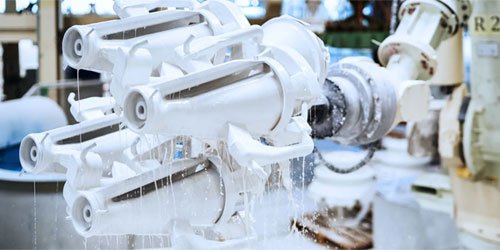
Relative to the traditional sand casting process, precision casting castings obtained more accurate size, and better surface finish. It includes investment casting, ceramic casting, metal casting, pressure casting, and lost-wax casting.
History and Development of Precision Casting
1. Ancient origins
The earliest precision casting appeared around 5000 B.C. when ancient people cast metal objects in simple molds.
2. Medieval Progress
During the Middle Ages, investment casting was developed in China and Europe, mainly for casting bronzes and weapons.
3. Industrial Revolution
At the end of the 18th century, the Industrial Revolution pushed the casting technology to improve, the molds were more accurate and began to be used in the production of automobiles, airplanes and other parts.
4. 20th century development
In the 20th century, precision casting improved accuracy and efficiency through new materials and CNC technology, and was widely used in aerospace and military industries.
5. 21st century innovation
Today, investment casting utilizes advanced technologies, such as 3D printing, to create more complex parts and serve more industries.
2. Precision Casting Process
Wax Mold Creation
First, a mold is made from melted wax, and shaped to match the final casting with precise dimensions and details.
Shell Making and Tree Assembly
The wax mold is coated in a special material to form a hard shell. Multiple wax molds are then joined together in a tree-like structure, allowing several parts to be cast at once.
Dewaxing and Baking
The wax molds are heated to melt and remove the wax. The shell is then baked to remove any remaining wax and moisture, further hardening it.
Pouring and Cooling
Hot molten metal is poured into the shell to fill the mold. As the metal cools, it solidifies into the final casting shape.
Shell Removal and Cleaning
Once the metal has cooled, the shell is broken to release the casting. Any excess metal on the surface is cleaned off to achieve a smooth finish.
Heat Treatment and Finishing
The casting may undergo heat treatment to enhance strength and hardness. Surface polishing or coating may also be applied for durability and improved appearance.
3. The technical advantages of precision casting
- High Precision and Complex Shapes:
This method is perfect for producing high-precision, intricate parts, especially in industries like aerospace and medical devices, where accuracy is crucial for performance and safety. - Flexibility in Design:
Precision casting enables the creation of complex parts with near-final shapes, offering great freedom in design. It can handle a wide range of sizes, thicknesses, and complexities. - Strong Materials and Smooth Surfaces:
Compatible with materials like stainless steel, carbon steel, and aluminum, precision casting ensures strong mechanical properties, smooth surfaces, and minimal defects, extending product life. - Efficiency and Waste Reduction:
By precisely controlling dimensions, precision casting minimizes material waste. Its efficiency improves productivity, reduces costs, and shortens lead times, making it ideal for mass production.
4. Common application areas for precision casting
Application of precision casting in the aerospace field
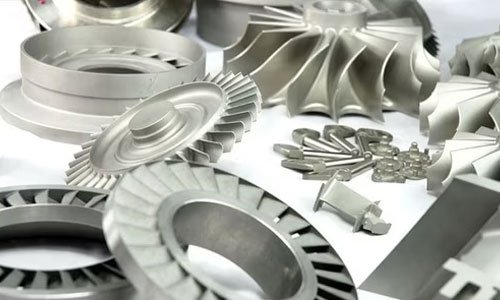
Precision casting is widely used in the aerospace sector for engine parts, turbine blades, and pneumatic systems. These components, which must perform under extreme conditions, benefit from the high strength and lightweight materials offered by this method.
Investment casting in the automotive industry
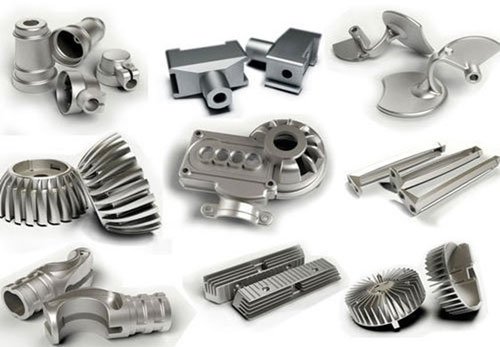
In the automotive sector, investment casting is used for critical components like engine parts, transmission systems, and chassis. High-precision castings enhance vehicle performance and safety.
The key role of precision casting in medical equipment
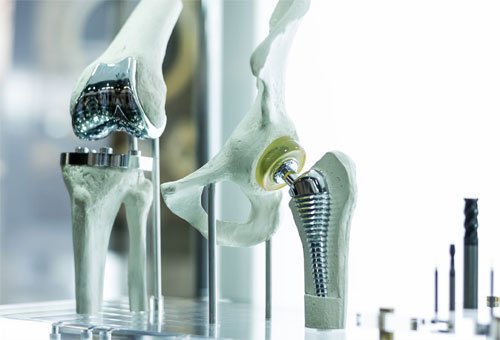
Precision casting plays a key role in manufacturing complex medical and surgical instruments, such as vascular catheters and orthopedic implants. Its accuracy ensures the safety and reliability of these devices during surgery.
Investment casting in the energy and petrochemical industries
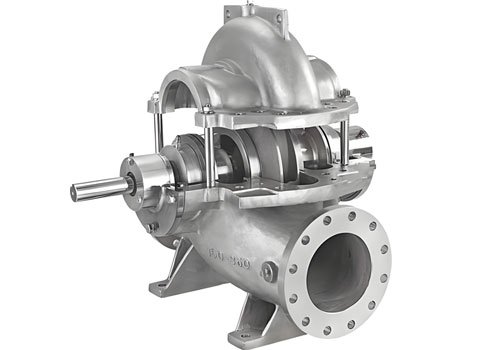
In energy and petrochemical industries, precision casting produces high-temperature and corrosion-resistant parts like pump bodies, valves, and pipe connections, ensuring the long-term stability and efficiency of the equipment.
5. Material selection and characteristics of precision casting
Commonly used materials for precision casting
Commonly used casting materials include stainless steel, aluminum alloy, titanium alloy and copper alloy. These materials have excellent mechanical properties and can meet the demand for casting performance in different fields.
Influence of different materials on the results of precision casting
Different materials show different characteristics in casting. For example, titanium alloys and aluminum alloys are excellent in terms of light weight and high strength, while stainless steel has advantages in terms of corrosion resistance and high-temperature resistance.
How to choose the right material for investment casting?
Choosing the right material should not only consider the physical properties of the material, but also be decided based on the application environment of the final product. For example, the aerospace industry requires high-temperature resistant, low-density materials, while the medical industry emphasizes the biocompatibility of materials.
6. How to Select the Right Investment Casting Service Provider?
Selecting the right investment casting service provider is crucial. A reliable provider should have advanced technology and equipment, as well as strong capabilities in quality control, delivery, and customer service.
In addition to understanding the provider’s equipment, it’s important to assess their experience, past projects, and quality certifications. These factors will help you determine if they can handle complex projects and maintain consistent casting quality.

Allied Metal is your trusted partner. With over 20 years of experience and a skilled technical team, our advanced foundry and CNC machining facilities offer a one-stop solution. Contact us directly for a free quote if you have casting processing needs!
7. How to ensure the quality and precision of precision casting?
Ensuring the quality and precision of precision castings requires control from several aspects.
- Firstly, selecting high-quality raw materials and strictly controlling each production process;
- Secondly, carry out fine quality inspection and supervision to ensure that the castings meet the design requirements;
- Finally, the post-processing steps should not be ignored, fine finishing and surface treatment can further improve the accuracy of the castings.
Conclusion
As technology advances, investment casting has become a key part of modern manufacturing, improving both product quality and productivity. Choosing the right service provider and materials is crucial for ensuring quality and meeting industry standards. Moving forward, investment casting will remain essential for high precision and innovative design.